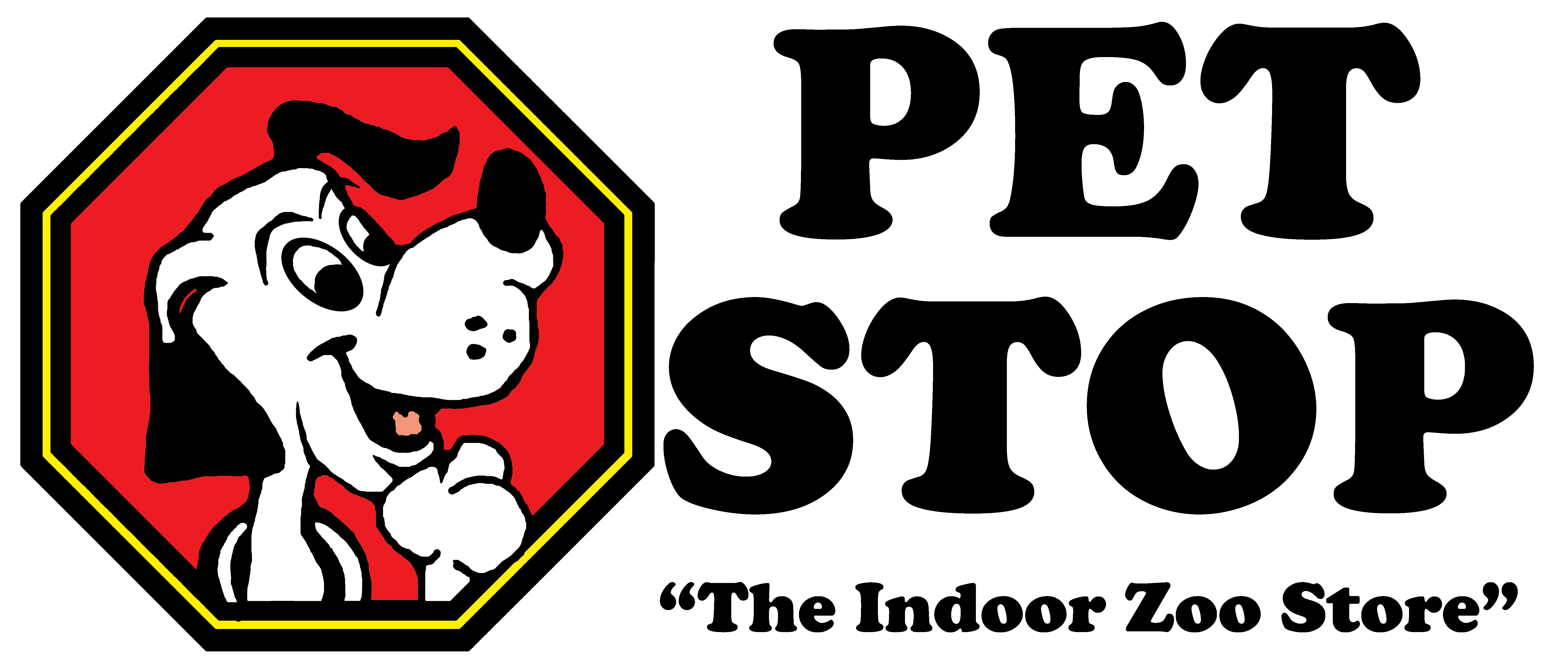Business Hours:
Monday - Friday: 10 am - 6 pm
Saturday: 10 am - 6 pm
Sunday: 11 am - 5 pm
Family Owned and Operated Since 1976

Bearded Dragon
“Pogona vitticeps”
It is easy to see why the Bearded dragon is one of the most popular lizards kept in captivity today. They are easy to keep and are very tame and stay that way. They’re not too big and not too small, averaging between 16-22 inches including their long tail. And they look like prehistoric beasts with the wonderful spiky collar! They are an excellent pet for children and adults who want a reptile with a great personality.
General Diet: Bearded dragons are omnivores, so they will eat both meat and plant type foods. They can be fed insects, pinkie mice, veggies, and fruits. There are excellent commercially available diets specifically made for bearded dragons that can be given as the basic diet and then supplemented with other foods.
Vitamins/ Supplements:
Reptiles need to have a vitamin/mineral supplement with calcium and phosphorous. Most commercial foods will have the supplements already added. If not, a supplement should be sprinkled on the adult’s food items at every second to third feeding and more often with very young reptiles. We will be glad to explain how often to feed and give supplements to your new pet.
Foods to be given:
Bearded dragons will eat almost anything that moves and/or fits into their mouths.
This includes crickets and different types of worms, and even pinkie mice when the reptile is large enough to eat them easily. Pinkie mice can be bought frozen, but they must be thawed out and at room temperature before being fed. Never feed a reptile cold food or food to big for it to eat easily. Veggies and fruits can be fed cut up into bite sized pieces for them and should include dark leafy greens such as collards, mustard greens, alfalfa sprouts, and spinach. Some kale, broccoli, turnip greens, carrot, green beans, and squash are good secondary choices.
It is best to avoid cabbage. Almost any type of fruit can be fed, although stay light or away from bananas. And the commercial diets will work well, too, for feeding your dragon.
Housing:
Bearded dragons grow to a fairly good size, so an adult individual need to be kept in a 30-55 gallon tank, but as babies they can start out in a 10-15 gallon tank. A screen should be used on top along with two types of lighting systems. One type of lighting has a reptile fluorescent bulb that gives off full spectrum light including UVA and UVB. The UVB is especially important for these reptiles to get so they can absorb calcium properly.
The second light system is for heat. Reptiles are ectotherms, which means they get their heat from an outside source, unlike humans who can make their own heat. Different areas of the habitat should be at different temperatures, so reptiles can move around to heat up or cool off. Bearded dragons are comfortable with a daytime temperature in their tank of 76-88 degrees, a basking area at 95-105, and a nighttime temperature of 70-76. Use a daylight heat bulb in a heat lamp during the day to keep the temperature up in their tank. Do not use hot rocks with bearded dragons. Use a very strong basking lamp at one end of the tank that they may lay under to warm themselves up during the day. Turn off the basking lamp at night. And never use a human heat pad for reptiles.
Bearded dragons like low humidity in their tank and should be misted only lightly once or twice a week. Keep a small shallow dish of water in the tank as well. Some branches or other decorations that they can climb would be good to place in the tank. Do not use any branches from outside or you might be introducing pesticides or diseases. Use the appropriate reptile litter or substrate on the bottom.
Sanitation/General Care:
Change the water every other day and clean out the water dish thoroughly twice a week. The litter or substrate used on the bottom should be cleaned as often as needed, and this will depend on tank size, the reptile’s size, and the number of reptiles in the tank.
General Maintenance:
Mist the tank lightly once or twice a week. Reptiles will shed their skin periodically Mist them more often during these times to help them shed the skin more easily. Be sure the tank is always at the right temperature. Change the reptile full spectrum light as often as recommended by the manufacturer, usually every six months to a year. Although the bulb may still be working, it will lose its potency over a certain period of time.
Health Care:
Bearded dragons are generally very hardy and healthy when kept in the right conditions. They do not require any yearly check ups or vaccines.
Special Section - Handling Precaution:
Reptiles can carry one disease that can be transmitted to people called salmonellosis. Although it is rare for a reptile to carry this disease, it is always important to wash your hands thoroughly with soap and water after you have handled your pet or anything in your pet’s cage. Keep your pet out of the kitchen area and do not allow very small children to handle any reptiles.
Supplies checklist:
Books about Bearded Dragons
Under-tank heat pad (as needed)
Fluorescent light with reptile UVB bulb
Heat lamp with daylight heat bulb
2nd heat lamp with night heat bulb (as needed)
Branches and other decorations for climbing
Small water dish
Reptile litter or other substrate
Vitamin/mineral supplement
Fish tank
Screen top

